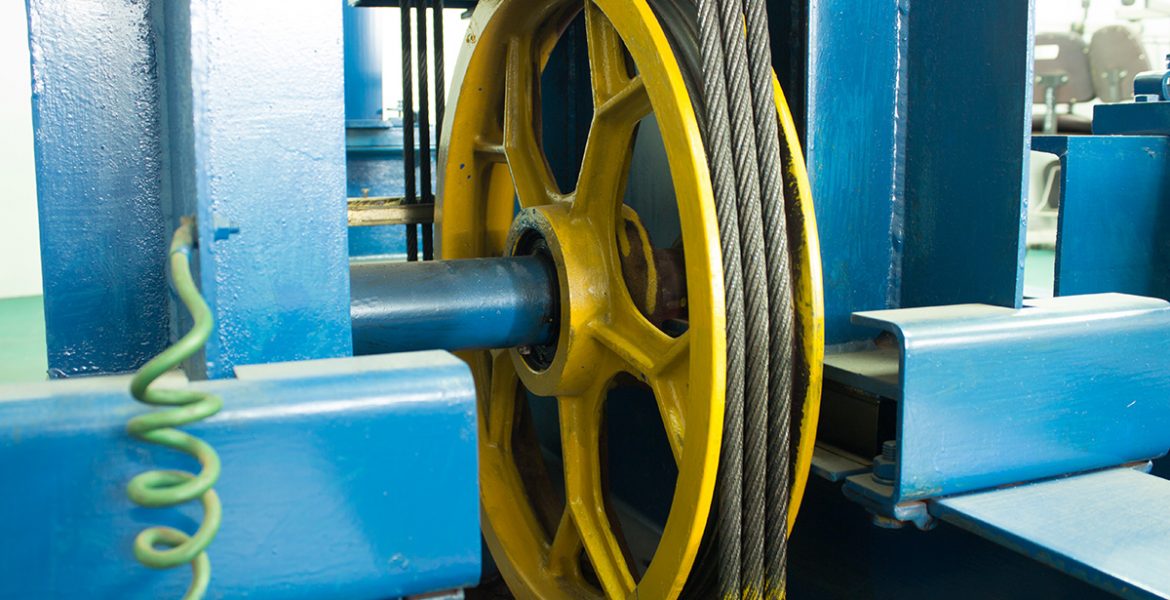How Lift Maintenance London Attracts Attention Amongst Local Lift Repair Companies
How Lift Maintenance London Attracts Attention Amongst Local Lift Repair Companies
Blog Article
Comprehensive Guide to Elevator Solutions and Their Upkeep
Navigating the elaborate world of lift systems and their upkeep is a task that requires accuracy and knowledge. From the various types of elevator systems in operation to the meticulous adherence to safety and security guidelines, the maintenance of these upright transportation tools is a diverse endeavor. As buildings rise higher and modern technology advancements, the requirement for a thorough understanding of lift systems becomes significantly important. Join us as we unwind the intricacies of lift maintenance, checking out usual issues, ideal practices, and advanced technologies that shape the modern-day landscape of upright transportation.
Sorts Of Elevator Systems
The most typical types include hydraulic lifts, traction elevators, machine-room-less elevators, and vacuum lifts. Hydraulic lifts are optimal for low-rise structures and use a hydraulic piston to relocate the elevator car. Machine-room-less elevators are a space-saving alternative as they do not call for a different machine area for the lift machinery.
Each sort of lift system has its own advantages and disadvantages, making it vital for structure owners and programmers to carefully consider their particular needs before picking one of the most ideal alternative. Factors such as constructing elevation, room availability, power efficiency, and budget constraints all play a considerable duty in establishing the most effective lift system for a specific building.
Typical Maintenance Concerns
Routine maintenance of elevator systems is important to make certain smooth operation and lengthen their lifespan. In spite of regular maintenance, lift systems can still come across usual upkeep concerns that require to be quickly dealt with to stop disturbances in service. One of one of the most regular concerns is door breakdowns. Lift doors may obtain misaligned, leading to problems with opening and closing properly. This can trigger delays and safety threats, requiring instant attention from upkeep specialists. An additional typical issue is related to the lift's leveling accuracy. If the lift does not straighten properly with the floors, guests may experience tripping threats and pain. Furthermore, concerns with the control system, such as sensor problems or electric issues, can trigger the lift to breakdown or quit working completely. Normal evaluations and aggressive maintenance can help determine and resolve these usual maintenance issues before they escalate and affect the total performance of the lift system.
Security Rules and Compliance
Complying with rigid safety laws and making sure compliance with market criteria are extremely important for preserving the functional stability of lift systems. Lifts are subject to an extensive collection of security laws to guard guests, upkeep personnel, and the public. Regulatory bodies such as the Occupational Safety And Security and Wellness Management (OSHA) in the United States and the European Lift Organization (ELA) in Europe develop guidelines that cover different elements of elevator design, installation, maintenance, and procedure.
Compliance with these laws is not only a lawful demand however additionally an ethical obligation for building owners and elevator maintenance firms. Regular examinations, maintenance checks, and adherence to safety protocols described in the guidelines are vital to make certain the secure and efficient procedure more helpful hints of lift systems.
Ideal Practices for Maintenance

Another essential best practice is to quickly deal with any kind of documented problems or unusual noises to avoid further damages. Applying a positive method to maintenance can save time and money in the future by staying clear of expensive repair services or replacements. Building owners must also think about buying innovation upgrades to enhance the effectiveness and safety and security of their elevator systems. By following these best techniques, lift systems can operate smoothly and safely, providing dependable upright transportation for occupants.

Advanced Technologies for Efficiency
Implementing sophisticated modern technologies in elevator systems can substantially improve functional performance and passenger experience. These systems permit travelers to input their desired flooring before getting in the elevator, which after that directs them to the most reliable auto.
Moreover, the assimilation of wise sensors and predictive upkeep abilities has revolutionized lift maintenance. These sensing units can find possible problems prior to they rise, making it possible for proactive upkeep treatments and lessening downtime. In addition, the use of regenerative drives Read More Here and energy-efficient components assists minimize power intake and operating expense in lift systems.
Moreover, the application of cloud-based monitoring and remote diagnostics permits for real-time monitoring of elevator performance and instant troubleshooting of any type of malfunctions. This positive method not only boosts system dependability however also enhances the general individual experience by making sure smooth and uninterrupted lift here are the findings operations.
Final Thought
In final thought, understanding the various kinds of elevator systems, typical upkeep problems, safety and security laws, ideal upkeep techniques, and advanced innovations for performance is essential for guaranteeing the smooth procedure of lifts. By sticking to safety laws and carrying out finest practices for maintenance, building owners can lengthen the lifespan of their elevator systems and ensure the security of passengers. It is essential to remain upgraded on the most recent improvements in elevator technology to boost efficiency and reliability.
The most usual types include hydraulic elevators, grip elevators, machine-room-less elevators, and vacuum lifts. Hydraulic lifts are suitable for low-rise structures and utilize a hydraulic piston to relocate the elevator car. Machine-room-less elevators are a space-saving alternative as they do not require a separate device room for the elevator equipment. Regular inspections and aggressive maintenance can help recognize and solve these common upkeep concerns prior to they escalate and affect the general performance of the lift system.

Report this page